
YEAR: 2010
MPAA RATING: NC-17
There are many theories as to why this seemingly inoffensive indie movie was tagged with the dreaded NC-17 rating recently. The time-jumping film, directed by Derek Cianfrance, chronicles the dissolution of a couple’s (Ryan Gosling and Michelle Williams) marriage. The MPAA is staying mum on its rationale for essentially crippling Blue Valentine’s marketability with a rating that prevents anyone under the age of 17 from seeing it. But Deadline’s Mike Fleming, who broke the story, believes that it stems from a scene in a hotel room in which Gosling’s character wants to have sex, but Williams’ character doesn’t, leading to a reportedly upsetting result. However, those at Awards Daily believe the film was given an NC-17 rating because of a scene in which Gosling’s character performs oral sex on Williams, bringing her to orgasm.
The Weinstein Company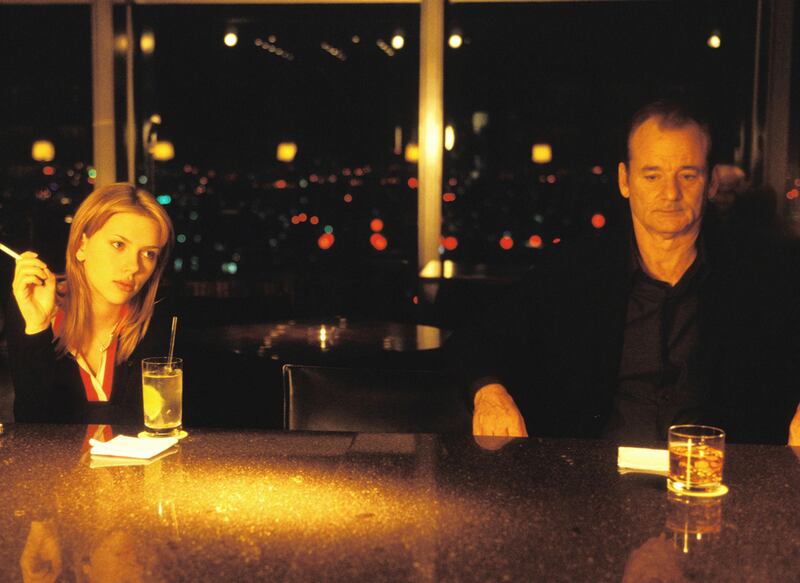
YEAR: 2003
MPAA RATING: R for some sexual content.
The MPAA has a history of being uptight when it comes to nudity. This tender film about an over-the-hill actor (Bill Murray) and a wide-eyed college graduate (Scarlett Johansson) who develop a unique bond after a chance encounter in a Tokyo hotel was given an R rating for a scene in a strip club. The moment in question includes a shot of an exotic dancer briefly exposing her breasts while the song “F- - k the Pain Away” by Peaches plays in the background. The rest of the film had what the MPAA deemed PG-13 level content, but this one blink-and-you’ll-miss-it scene pushed it into R territory. Perhaps the mysterious words Murray’s character really whispered to Johansson’s at the end of the film were, “F - - k the MPAA.”
Everett Collection
YEAR: 2009
MPAA RATING: R for some drug content and sexuality.
When the MPAA decided to give Nancy Meyers’ recent film about a middle-aged love triangle between actors Meryl Streep, Steve Martin, and Alec Baldwin an R rating because Martin and Streep’s characters share a joint while on a date, many were scratching their heads. It wasn’t just the action, but rather the MPAA’s explanation for the rating that really riled people up. The MPAA said the scene was too risqué for PG-13 because it “features pot-smoking with no bad consequences,” according to The Huffington Post. So, if Martin and Streep had smoked marijuana, and then proceeded to drive their car off a cliff, everything would have been copasetic with the MPAA? The Los Angeles Times called the decision, “perhaps the ratings board's biggest boneheaded move yet.”
Everett Collection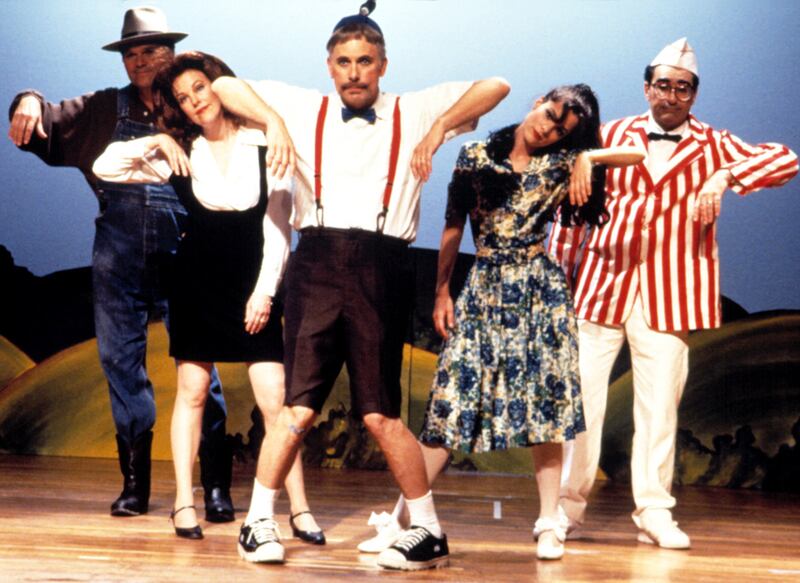
YEAR: 1996
MPAA RATING: R for brief strong language.
As the rule goes, if a film uses “one of the harsher sexually derived words” (like “f - - k”) one to four times, it could still receive a PG-13 rating. However, this rule only applies if the curse word in question isn’t used with a sexual meaning. The most glaring example of this strict statute is Christopher Guest’s mockumentary Waiting For Guffman, a parody of community theater in the fictional Missouri town. Despite containing almost entirely PG-13 content, there is one scene in which an actor auditioning for a role is doing a scene out of Raging Bull and uses the word “f - - k” twice in a sexual context. “Did you f - - k my wife? Did you f - - k my wife?” the character asks, giving the MPAA reason enough to stamp the movie with an R rating.
Everett Collection
YEAR: 1999
MPAA RATING: R for pervasive vulgar language and crude sexual humor, and for some violent images.
This animated big screen South Park satire/musical from the show’s creators Trey Parker and Matt Stone led to one of the greatest memos in recent movie history. In the film, the four main characters—Cartman, Kenny, Stan, and Kyle—are “corrupted” by an R-rated Canadian cartoon movie and eventually leads the United States to wage war against Canada. When MPAA censors saw the film, they demanded about 2:30 of cuts, including dialogue describing bestiality and oral and anal sex in order for the film to receive an R rating. After a series of back-and-forths, the South Park filmmakers ultimately caved, resulting in one of the funniest memos ever. “We have the shot animated that reveals the fact that Winona is not shooting ping-pong balls from her vagina,” one portion stated. “She is, in fact, hitting the balls with a ping-pong paddle.”
Comedy Central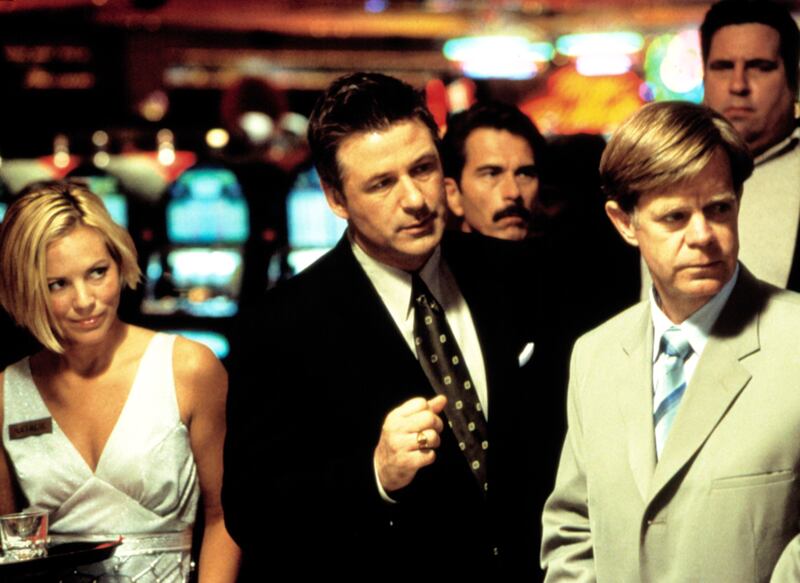
YEAR: 2003
MPAA RATING: R for strong sexuality, violence, language and some drug use.
This heartfelt story about a sad casino employee (William H. Macy) who falls for a prostitute (Maria Bello) was initially branded with an NC-17 rating for a tender love scene where the viewer catches a brief glimpse of Maria Bello’s pubic hair after receiving oral sex from Macy’s character. The shot was eventually edited down for an R rating, but not before Bello petitioned the MPAA for a ratings change – as she said it, “to go in and fight for my pubic hair.”
Everett Collection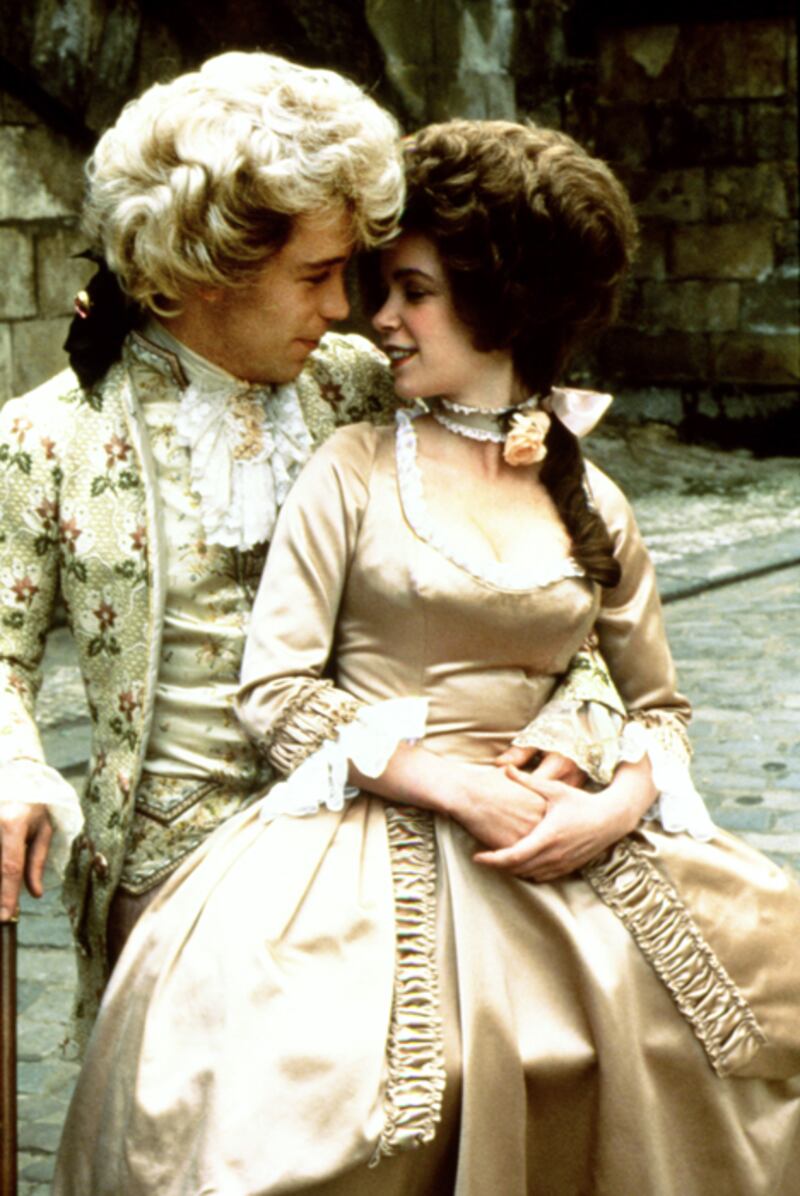
YEAR: 2002
MPAA RATING: R for brief nudity.
Director Milos Forman’s story of legendary composer Wolfgang Amadeus Mozart (Tom Hulce)-- told in flashback mode by his nemesis, Antonio Salieri (F. Murray Abraham)-- won eight Oscars, including Best Picture, when it was released in 1984. However, the PG-rated film was initially given an R rating because of two brief shots of actress Elizabeth Berridge’s breasts (who played Constanze Mozart) in a non-sexual context. The Director’s Cut of Amadeus, released nearly two decades later, included the bonus footage, and is rated R. “How this warrants an R is inexplicable,” said Reelviews’ James Bernardelli. “This is as clear an example of the MPAA’s lack of consistency as can be found.”
Everett Collection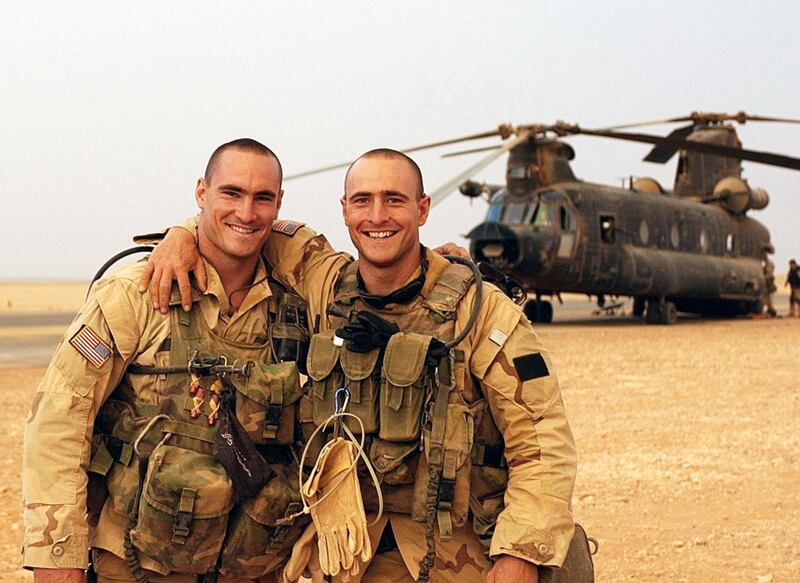
YEAR: 2010
MPAA RATING: R for language.
The documentary about Pat Tillman was given an R rating by the MPAA for language despite passionate appeals from the film’s distributor, Weinstein Co. The film tells the tragic story of the man who quit a professional football career to enlist in the Army Rangers and fight in Afghanistan, only to be killed by friendly fire and have the whole incident covered up by the U.S. military. The MPAA ruling is all the more troubling given that back in 2004, the Oscar-nominated Iraq War documentary Gunner Palace was initially given an R rating for language, but had it scaled down to a PG-13 on the basis of its journalistic nature, according to The Washington Post. The ruling led director Amir Bar-Lev to fire off this missive: “The language in this film is not gratuitous. I think this is how many people would react when faced with the unthinkable. Giving this film an 'R' rating prevents young people from seeing this film; the very people who should be exposed to a great American like Pat Tillman.”
Everett Collection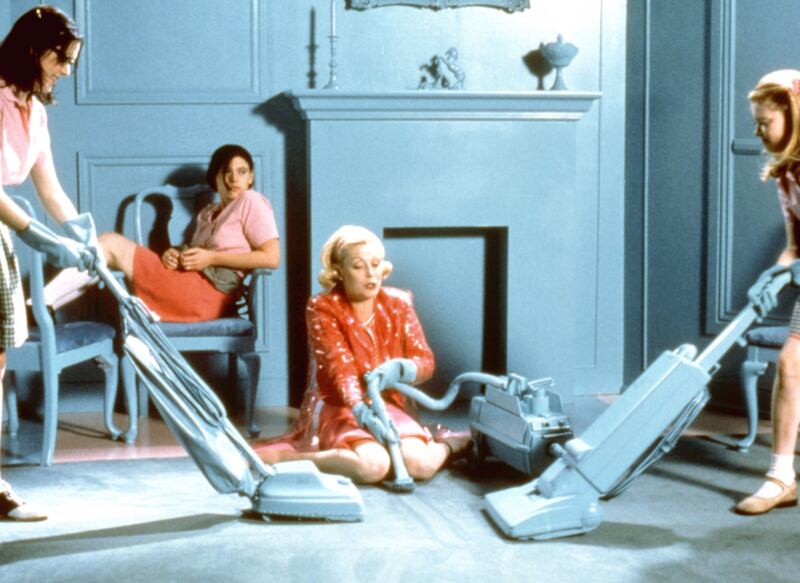
YEAR: 1999
MPAA RATING: R for strong language and sexual content involving teens.
When initially submitted to the MPAA rating board, this satire about a small town girl who is sent away to a therapy camp to cure her suspected lesbianism was hit with an NC-17 rating. In order to get back down to a more marketable R rating, the MPAA to remove a pan of Megan (Natasha Lyonne) masturbating, a two-second of her sexual engaged with Clea Duvall’s character Graham (while clothed), and a comment that Megan “ate Graham out.” The film was another in a long line of examples of the MPAA’s alleged anti-gay bias, and led director Jamie Babbit to say that she felt discriminated against by the MPAA for making a film about gay teenagers in Kirby Dick’s documentary on the MPAA rating system, This Film Is Not Yet Rated.
Everett Collection
YEAR: 2007
MPAA RATING: R for language.
How, one might ask, could this lovely little Irish film about a street performer and an immigrant who fall in love and make sweet music together in Dublin be rated R? Once again, it goes back to the MPAA’s silly rules concerning foul language. If a film contains a single “sexually-derived expletive,” it must have a PG-13 rating, and if the word is used more than once, it will be rated R. Well, in addition to a few pints of Guinness being imbibed and the occasional batting eyelashes, there are 24 uses of the F-word in Once. However, in all of these instances, “f--k" is used in a jargon-y, arguably harmless stereotypical Irish manner, as anyone who’s heard to Colin Farrell speak can rightfully attest.
Everett Collection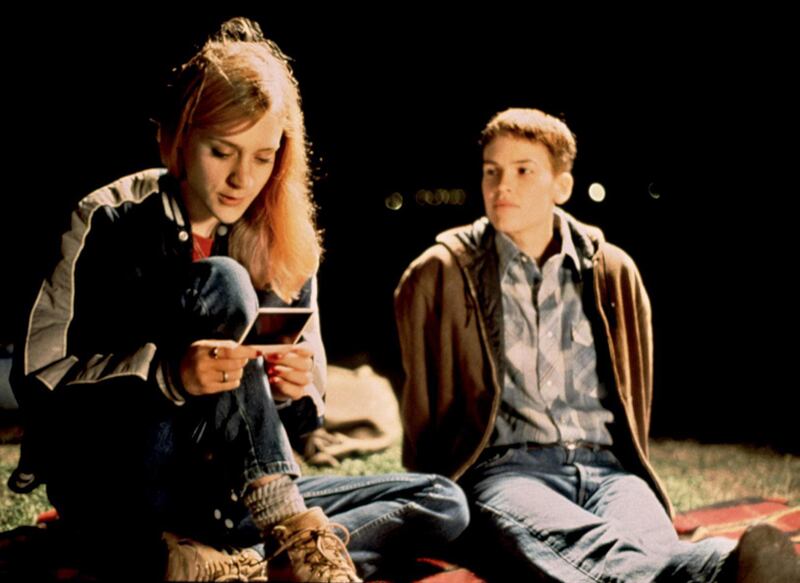
YEAR: 1999
MPAA RATING: R for violence including an intense brutal rape scene, sexuality, language and drug use.
The real-life story of Brandon Teena (Hilary Swank), a transgender man who pursues a relationship with a young woman named Lana (Chloë Sevigny) in rural Nebraska, won critical raves, including a Best Actress Oscar for Swank. It also won an NC-17 rating from the MPAA, and had to be trimmed significantly in order to get down to an R rating. Ultimately, the MPAA ruled that the graphic scenes in which Brandon is raped and murdered when Lana’s male friends discover he is biologically female could remain, but a love scene between Brandon and Lana had to be cut. According to Gawker, the ruling was because the scene included a “lingering shot of Chloë Sevigny experiencing an orgasm.” Director Kimberly Peirce later voiced her frustration with the decision in Kirby Dick’s anti-MPAA documentary, This Film Is Not Yet Rated.
Everett Collection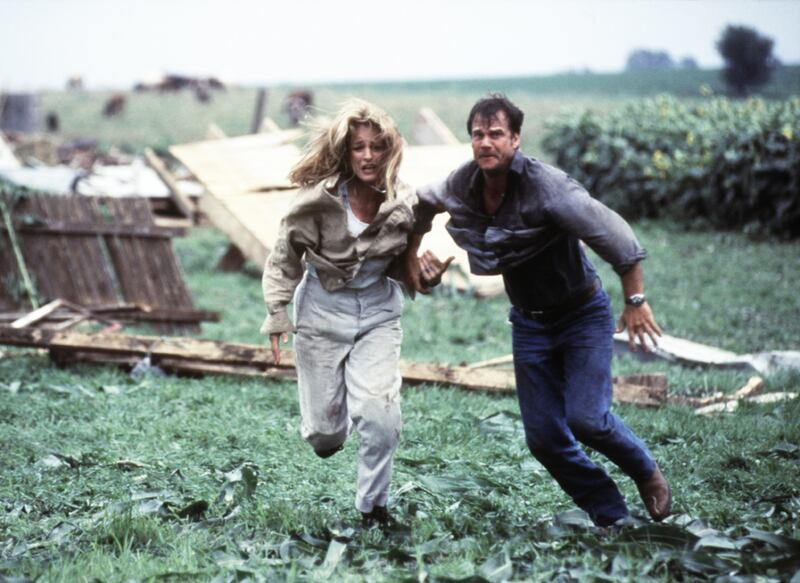
YEAR: 1996
MPAA RATING: PG-13 for intense depiction of very bad weather.
Despite the MPAA’s apparent vendetta against homosexuality, sex, and foul language, the actual written ratings they administer can often be quite… poetic. The 2004 sci-fi disaster film The Day After Tomorrow, for example, was rated PG-13 for “intense situations of peril,” and the 1997 nihilistic indie movie Gummo earned the same rating for, among other things, “pervasive depiction of anti-social behavior.” Perhaps the most ridiculous of these ratings, however, belongs to Jan de Bont’s 1996 classic Twister, which starred Bill Paxton and Helen Hunt as a pair of “storm chasers,” who track down tornadoes and study them. The windy film was earned a PG-13 rating for “intense depiction of very bad weather.” Was the flying cow to blame?
Everett Collection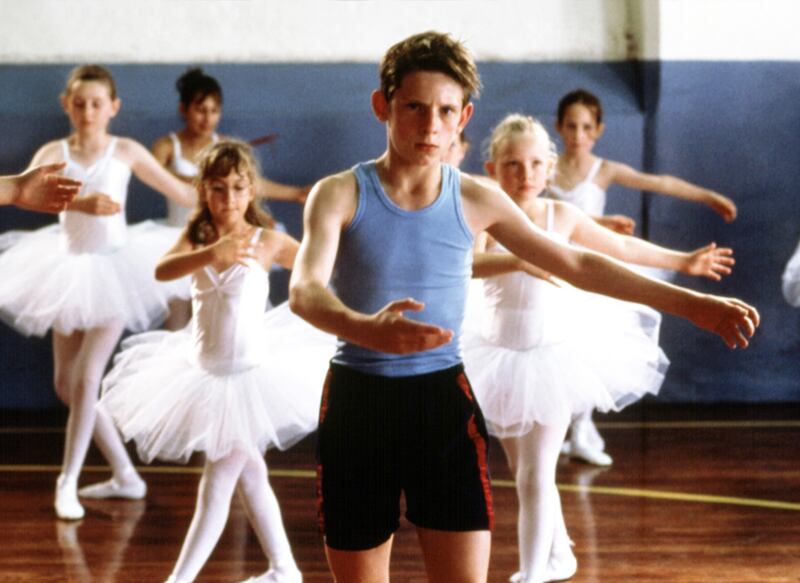
YEAR: 2000
MPAA RATING: R for language.
Stephen Daldry’s heartstring-tugging tale of an 11-year-old English boy from a coal mining family who wishes to become a ballet dancer struck “a delicate balance of comedy and pathos,” according to Variety. But apparently, Billy Elliot was not delicate enough as the MPAA gave it an R rating because Billy and his fellow schoolchildren pepper their language with occasional F-word. The decision prompted renowned film critic Roger Ebert to take to his Chicago Sun Times column and write. “The MPAA should concede the melancholy fact that every teenager has heard this and most other nasty words thousands of times.”
Everett Collection
